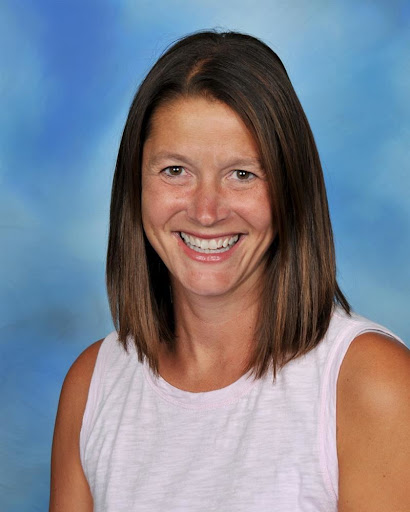 In this Teacher Spotlight, we feature Jessica Witmer, reading specialist at Gavilan Peak in Deer Valley USD. Jessica is currently supporting her K–3 readers using the SIPPS program’s Beginning, Extension, and Challenge Levels. She shares her experience transitioning between the SIPPS levels and reveals an often-overlooked component she appreciates. She says “SIPPS has solidified my trust in research-based, explicit phonics instruction.”
In this Teacher Spotlight, we feature Jessica Witmer, reading specialist at Gavilan Peak in Deer Valley USD. Jessica is currently supporting her K–3 readers using the SIPPS program’s Beginning, Extension, and Challenge Levels. She shares her experience transitioning between the SIPPS levels and reveals an often-overlooked component she appreciates. She says “SIPPS has solidified my trust in research-based, explicit phonics instruction.”
Tell us a little about yourself, your school, and the students that you serve.
My name is Jessica Witmer. I am a K–3 reading specialist at Gavilan Peak School in Anthem, Arizona. Over the past 22 years I have taught preschool, first grade, ELL, and middle school, as well as provided private tutoring. I am now a reading specialist. I work with students in K–3 who need extra support to grow their reading skills and guide them with the goal of reading to learn.
What is the most rewarding part of being an educator for you?
The most rewarding part of being an educator is in two parts for me. I adore working with children and being a part of their joy for life and learning new things. It is an extreme pleasure to watch students grow in their reading skills. Second, I love teaching explicit phonics skills; I find it fascinating! I believe it is the only way to grow fluent readers.
How long have you been implementing SIPPS? Tell us a little about your implementation.
I started with SIPPS two years ago using Extension level with my second graders. A couple of months into using Extension, I went to a SIPPS training and learned more about the Beginning and Challenge levels. I immediately asked to borrow them from our district office. I was able to get Challenge and started to use it right away with my third graders. This year is my first year using Beginning SIPPS and I love it.
What do you appreciate about SIPPS?
What I most appreciate about SIPPS in the Beginning and Extension levels is its strong focus on word recognition, which begins with teaching phonemic awareness skills, decoding skills, sight words, and connected spelling. It all comes together in a connected text that is read in the group and is taken home for reinforcement.
In Challenge, the strong emphasis on reading multisyllabic words through practicing sight syllables and phonics skills is so useful to readers. I also love how it incorporates sight words, which is often an area overlooked in other programs.
What have you noticed about your students’ learning and engagement?
Children need consistency in order to master phonics skills. SIPPS offers this daily with explicit phonics instruction. My students know what to expect and can concentrate on the newer reading skills rather than figuring out what activity I ask them to do next. My students are enthusiastic and participate in every lesson.
How has SIPPS affected or changed your own teaching and learning?
SIPPS has solidified my trust in research-based, explicit phonics instruction in teaching students to read.
What advice or insights would you share with an educator who is new to SIPPS?
Don’t overwhelm yourself when you first start. Follow the script and take your time learning it. You will learn best by teaching it to students, and the more you follow the script, the faster you will memorize it. In the process of doing so, you will understand the concepts and see how they benefit your students.
How do you see SIPPS aligning with Arizona’s push to implement effective, evidence-based literacy instruction?
SIPPS is a comprehensive program that fully covers every part of the journey of learning to read. The explicit instruction follows Arizona’s push to implement research-based instruction.

